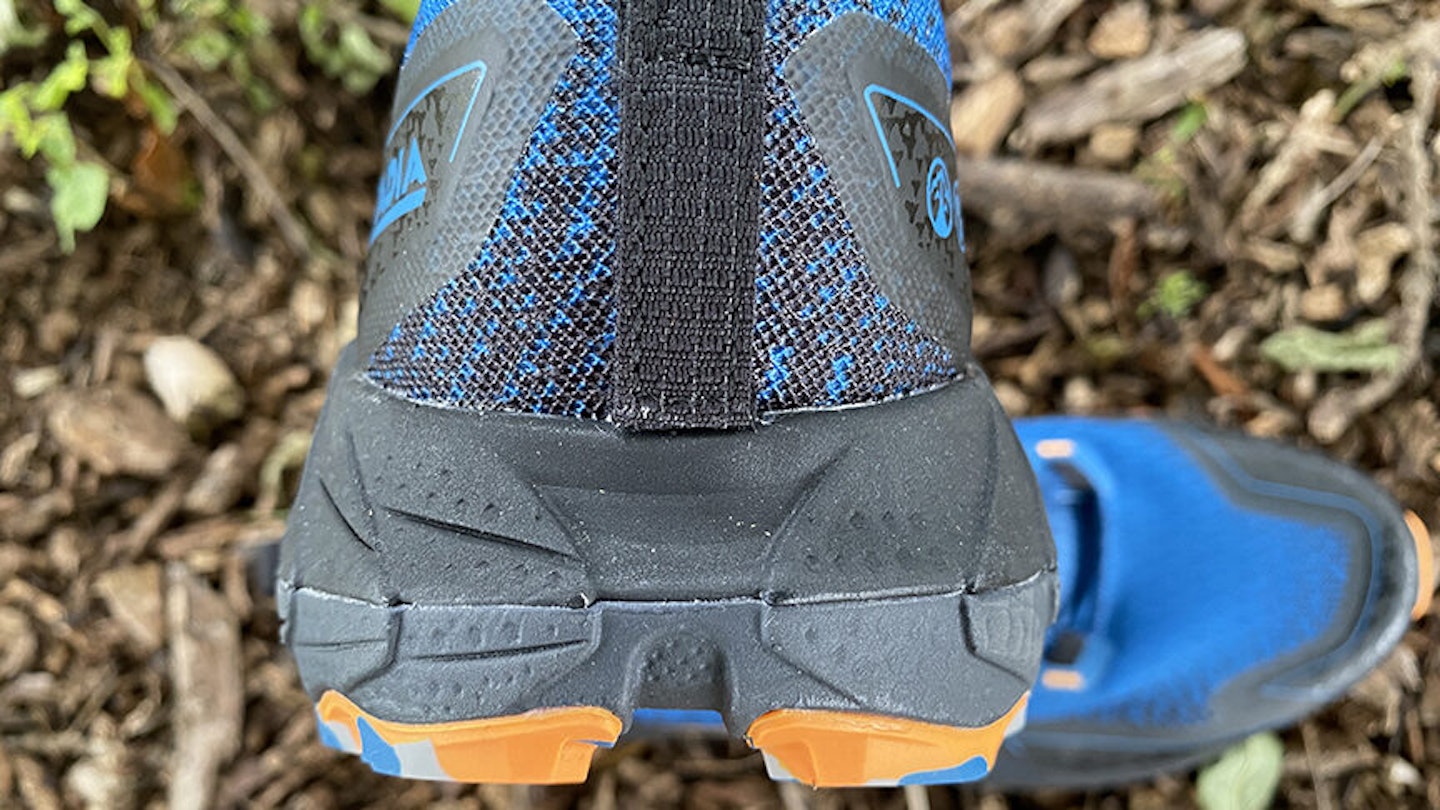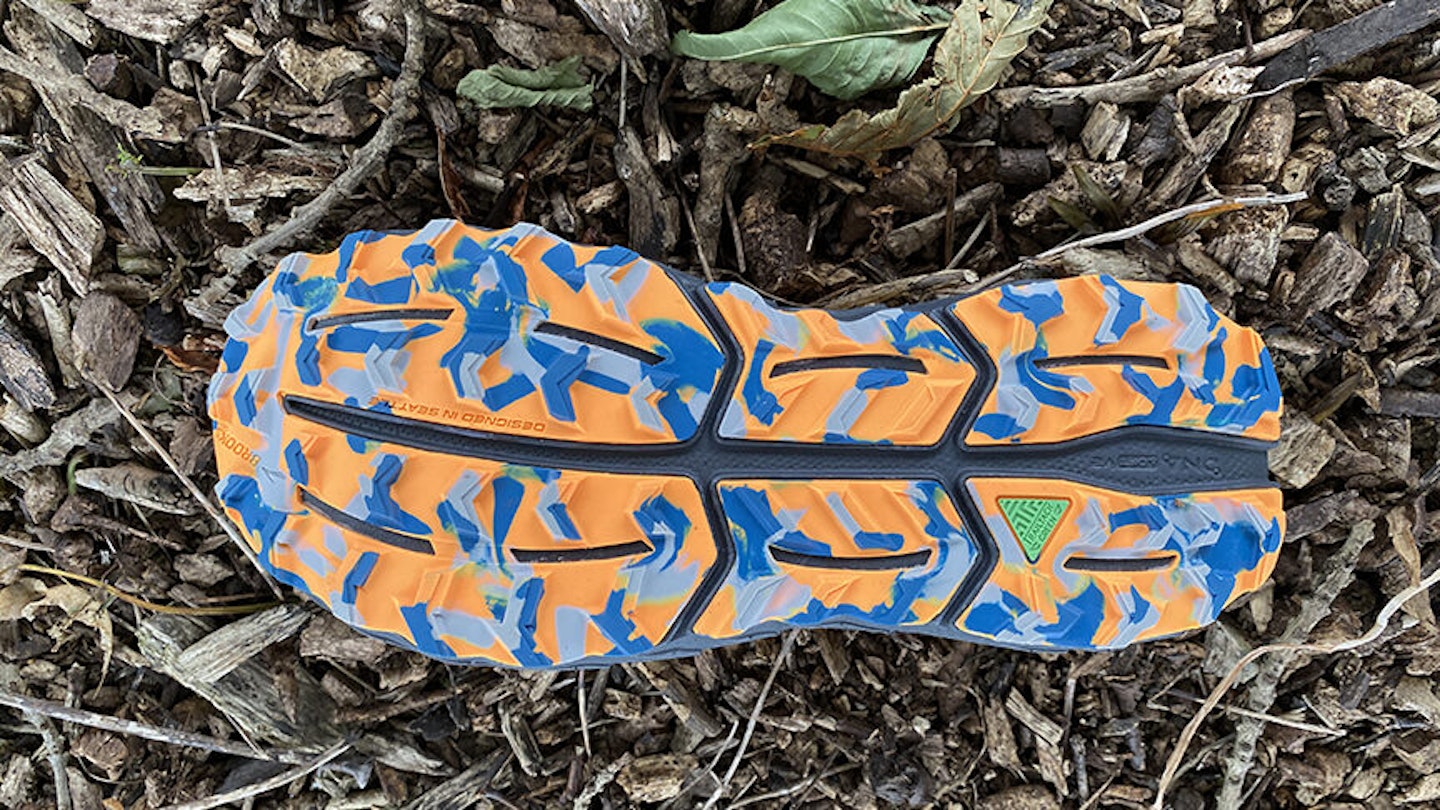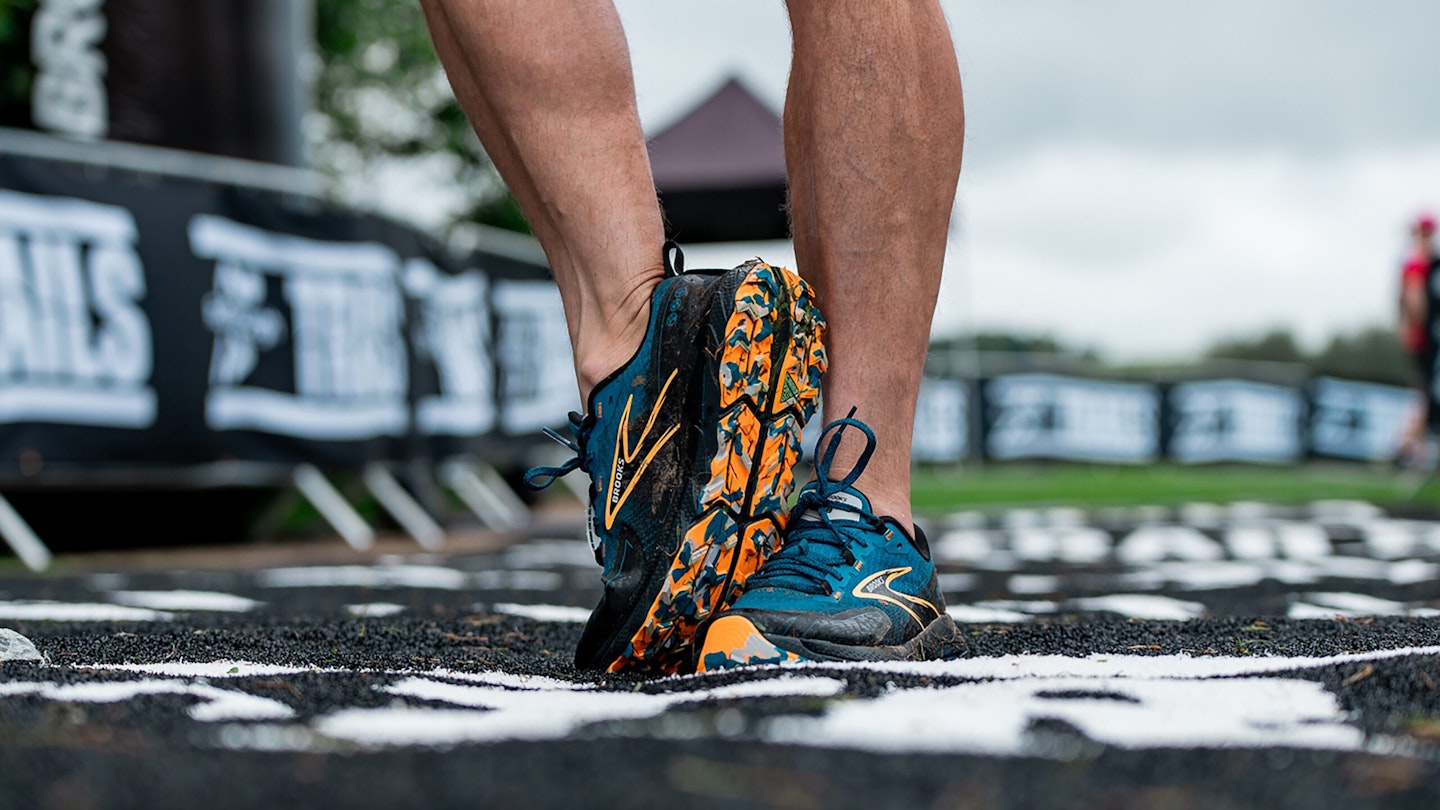They come along like buses, do Cascadias. It was only last autumn that Version 17 of this popular trail running shoe from Seattle-based Brooks hit the market, yet here we are with the Brooks Cascadia 18, just eight or so months later. This shoe gets more updates than Selena Gomez’s Insta.
Does that mean there was something wrong with the 17? Apparently not, say Brooks. They just got excited by the idea of sinking the footbed deeper into the sole assembly, rather than sitting on top of it. They reckon this will give the wearer more control and ground-sensitivity (a feeling borne out by our review of the 17, which liked it a lot but bemoaned its lack of agility and ground-feel).
But it has kept the design priorities of its predecessors: toughness, cushioning, traction and comfort. Its bottom-line promise is ‘adaptable stability’. It’s not the speediest of shoes, and it’s extremely chunky. But it pledges to dig in and keep you stable, whatever the terrain is doing.
To test out this new version (and after a fortnight of steady test runs and hilly Parkruns) we took this on the RunThrough Tittesworth Water 10k race, which coincidentally, like all of RunThrough’s events, is supported by Brooks Running. First off, here’s the breakdown...

www.sportsshoes.com
Pros
- Outstanding traction
- Excellent stability
- Toughened toe-box
- Reasonably flexible
Cons
- Its chunkiness means it’s fairly hefty
- Not as agile as sleeker competitors
| Men’s sizes | 6-14 |
| Women’s sizes | 3-10 |
| Versions | Regular, wide |
| Weight | 322g (men’s UK 8½ ) |
| Drop | 8mm |
| Stack height | 33mm heel, 25mm toe |
| Lugs | 4.5mm |
Upper

The updated mesh upper features perforations in the fabric to allow cool air to flow freely while allowing hot and humid air from inside the shoe to find its way out. There are slimline overlays over the toe-box and around the heel counter, and the heel locks in place pretty snugly. The tongue is lightly padded and nicely ventilated.
(A word on fit though: we find that Brooks fittings are fairly generous so we dropped a half-size for this one; it was a smart move.)
Across the rugged sandstone of the Roaches, the upper was highly flexible, while the overlays did well at fending off bumps and scuffs from boulders and tussocks.
NB: While the 17 came in both a Gore-Tex and non-waterproof version, there is as yet no sign of a Gore-Tex version of the 18.
Midsole

The midsole is the where the Cascadia really defines itself. It uses Brooks’ Trail Adapt system, which sandwiches a flexible rock plate in between two layers of soft foam and rubber known as DNA Loft v2. Together they create a cushioning system which soaks up impacts to minimise the risks of injury or discomfort. In the previous version, the footbed sat directly atop this assembly, but now the foot sits deeper in the shoe, putting your sole closer to the ground and putting more of that cushioning around your foot as well as beneath it.
The cushioning won’t beat the ultra-cushioned sole units of Hoka, or of the Cascadia’s own stablemate the Caldera 7, which is designed for continuous long distances. But as a general shock absorber over mountainous ground, we can’t fault it.
The only issue is the weight added by all this technology. After 15 minutes of sandstone outcrops and peat bog, we could feel a fair bit of drag around the heel, especially on uphill climbs. Super-lightweight this isn’t. In fairness, it was easy to get used to it, but if you like to run unencumbered, these may not be your perfect option.
Outsole

Where many brands call on third party brands like Vibram for their outsoles, Brooks are proud to design and develop their own, especially on their trail shoes. The Cascadia uses an outsole called TrailTack Green Rubber, which is made from 25% recycled content.
Take a look at that long central channel, which divides the sole into two parallel pods. The idea is that those two pods work independently to adapt to each foot placement, while the channel also helps to prevent clogging. It’s modelled on the cloven hoof of a mountain goat, because as Brooks point out, ‘they know a thing or two about stability’.
The performance is exceptional. Not that we were really trying, but it was almost impossible to put a foot wrong – especially on the speedy Strava descent segment of the course. Over boulders, damp mud and sandy soil, the shoe always seemed to know how to plant itself. The multi-directional lugs also had enough stickiness to let us run down inclined boulders with absolute confidence. And they bit into sloppy mud beautifully, on both ascent and descent.
Features
There’s a sturdy pull-tab at the back to help you get it on and off easily, and with it comes a gaiter attachment so you can add a running gaiter if desired.
Sustainability
Curiously, this one makes fewer claims about sustainability than its predecessor. Yes we get the promise of the 25% recycled materials in the outsole, which is fine. But the 17 said that 54.2% of the materials in its upper were recycled, but there is no equivalent promise here.
Anything else?

We’d like to see Brooks explain more about their products on their own website (not least because it makes reviewing them a bit easier). Information about the Cascadia 18 on its own homepage is weirdly scant, aside from a cheery introductory video. You’ll learn a lot more about it on retailer websites, particularly SportsShoes. There’s so much good stuff to say, it’s a wonder they don’t yell it all out on their own turf.
Also, and this might just be us, but we think the aesthetic of the 18 looks a bit more clunky and dated than the 17 did. The name ‘Cascadia’ on the side is in a typeface we last saw on an 80s nightclub. Just sayin’.
Verdict

If a politician came at you with the promise of ‘adaptable stability’, you might not get terribly excited. (Some would argue that’s exactly what happened recently.) But in this case at least, it’s an endearing promise – and one on which the product delivers.
Finishing a mountainous 10k in these was an absolute delight. The Cascadia 18 may not be the sleekest, lightest or sexiest-looking trail running shoe you can buy, and it’s probably not one for those who value speed above all. But for comfort and confidence over hard terrain, the Cascadia 18 is an excellent companion. Maybe it will get your vote.
(At least until the 19 comes out next Thursday. Jokes.)
How we tested

Our tester for the Brooks Cascadia 18 was Nick Hallissey. Nick is the Deputy Editor of Country Walking Magazine but he likes to go a bit faster sometimes, too. He tested the Cascadia 18 in the South Downs and at the gloriously hilly Belvoir Castle Parkrun in Lincolnshire, before taking them for two tough days in the Peak District, culminating in the Tittesworth Water Trail Race. You can read Nick’s report of the event here.
For all the latest news, tips and gear reviews, sign up to the Trail Running Newsletter.
